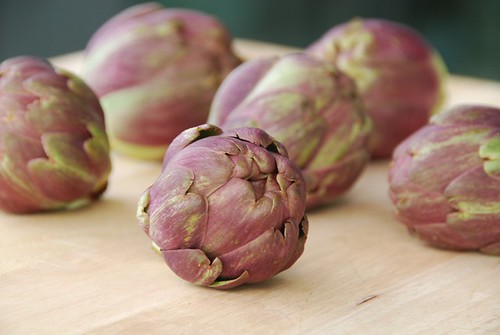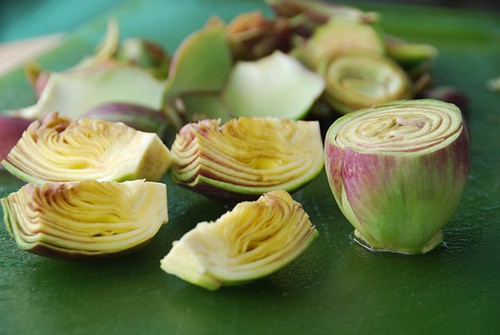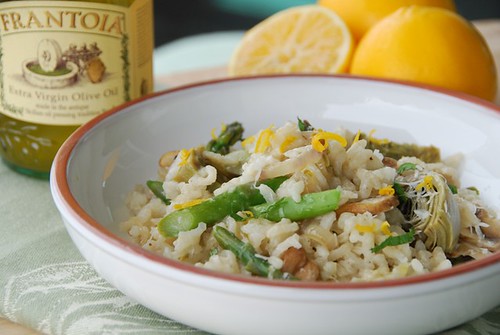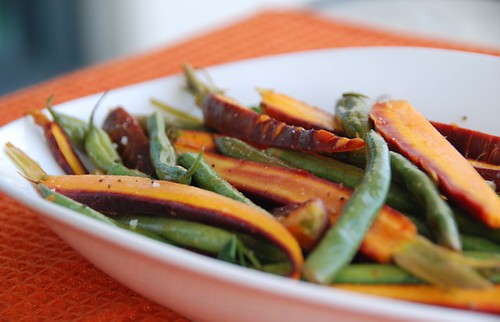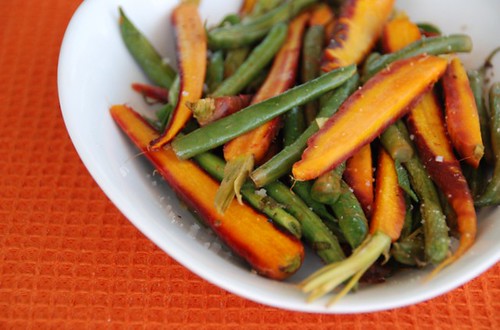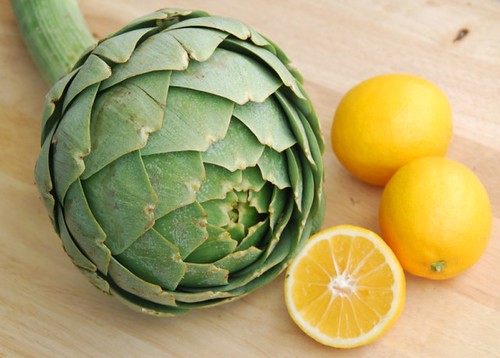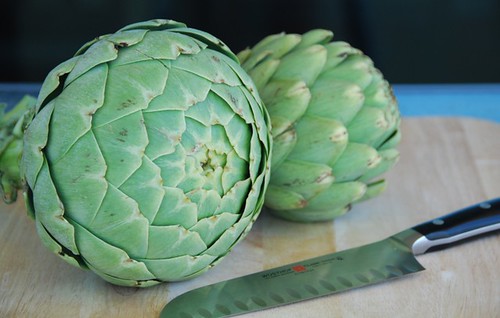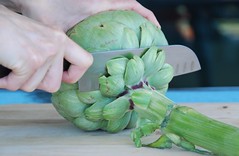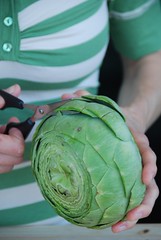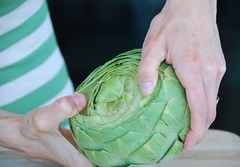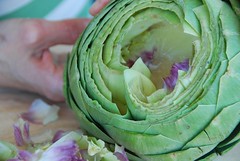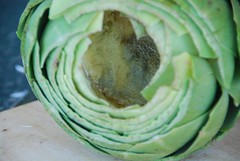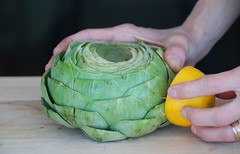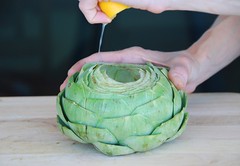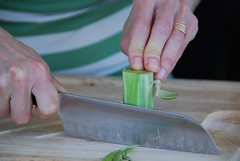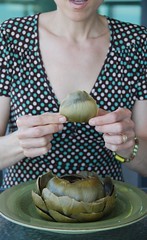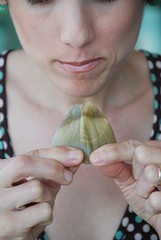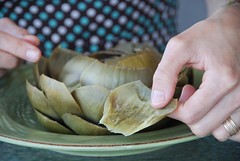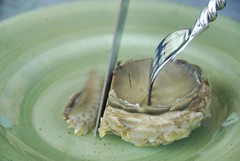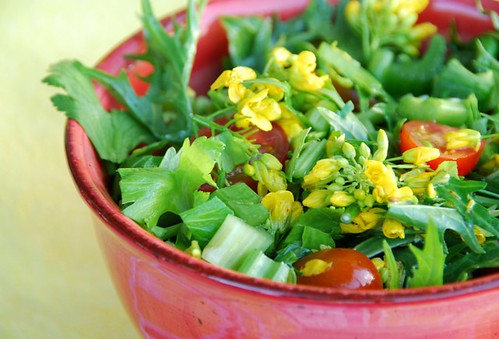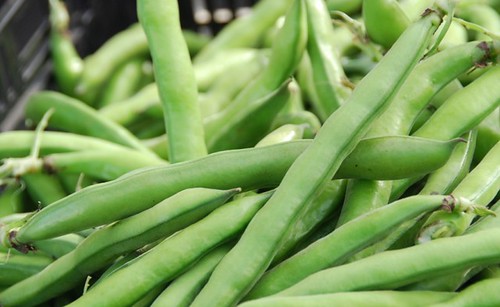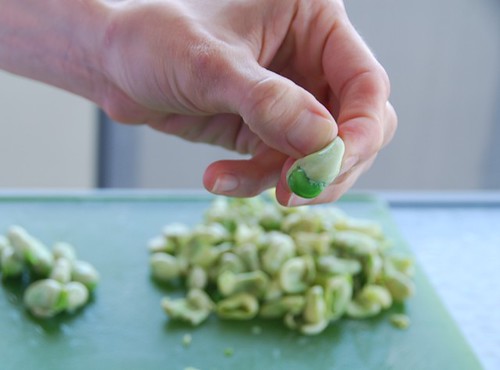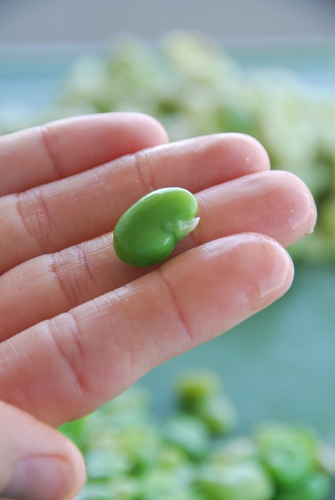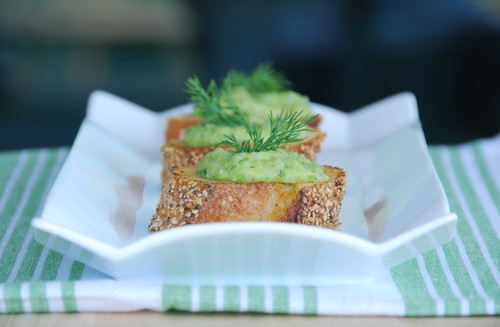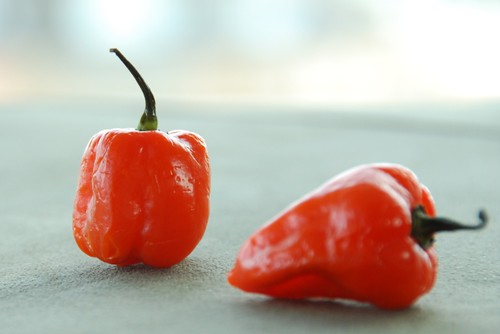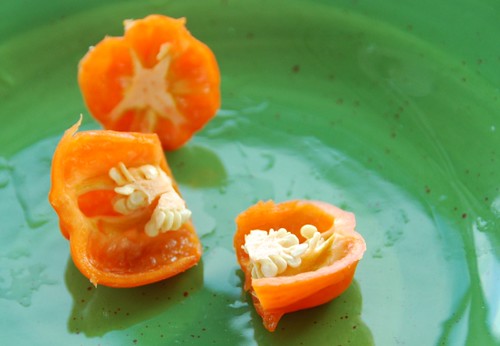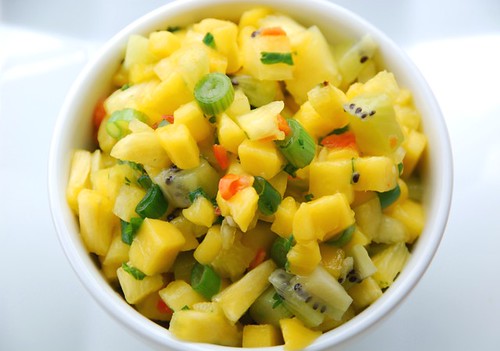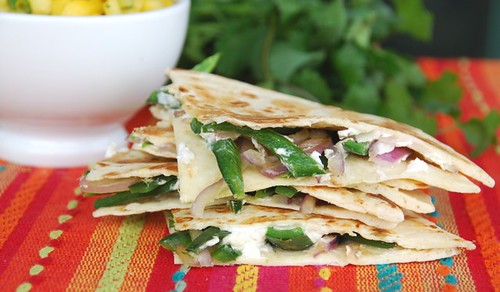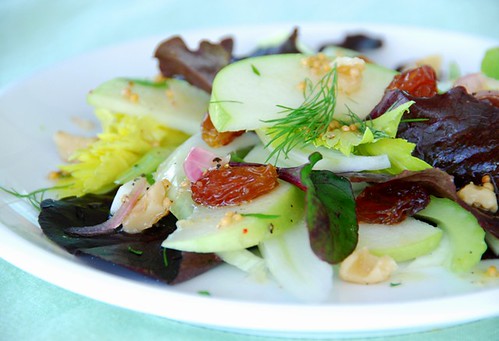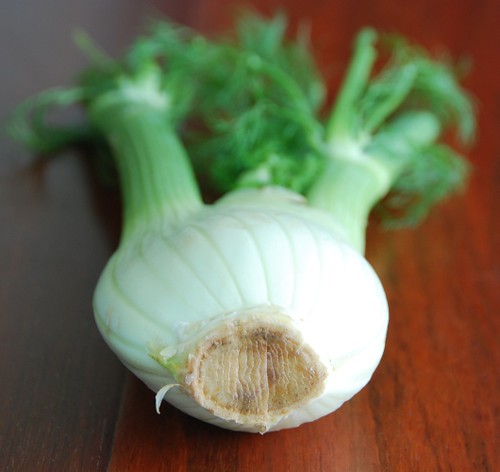Wendy of A Wee Bit of Cooking (an old blogger friend) and Sarah of Homemade (a new blogger friend) have tagged me for the 6 Word Memoir Meme. Like the title implies, you sum up your life in 6 words, then tag 6 more bloggers to do the same. Here's mine:
Seven homes.
One husband.
Here are 6 more people I'd like to hear from:
- Ivy of Kopiaste
- The Zen Chef of Chefs Gone Wild
- Emily of Superspark
- Linda of Make Life Sweeter
- Peter of Kalofagas
- Susan of Sticky, Gooey, Creamy, Chewy

- Marie of Proud Italian Cook makes me sigh. When I read her posts about her family and see her recipes for Italian dishes like her amazing sausage bread, I am instantly transported back home to Rhode Island. Thanks, Marie, for making 3,000 miles not seem so far.
- Anne-Marie of Ambrosia and Nectar has a knack for teaching, not preaching about cuisine. I also admire the way she takes a humble ingredient like a prune and transforms it into something extraordinary.
- Emiline of Sugarplum makes me laugh. I like the way she embraces life in all its quirky wonderfulness and that she doesn't take herself too seriously. Plus, have you seen this girl's brownies? Dang.
- Susan of Farmgirl Fare takes photos of her farm animals that make me go "Aaawwww." (And I'm not even an animal lover. ) Look at this photo, then tell me you didn't do the same thing. Susan, thanks for making me sigh and laugh.
- I "met" Dhanggit of Dhanggit's Kitchen when she submitted her festive Tropical Santa Cookies to my Eat Christmas Cookies event last December, and we've been regular visitors ever since. Dhanggit's innovative recipes and lovely photographs are a pleasure to see. So I was truly saddened to learn in this post that her beloved father recently passed away. My heart is with Dhanggit and her family. That's why her blog made me cry.
 Amy from FamiliaBencomo has nominated me for the Arte y Pico Award. Here's how it works: You select 5 blogs that you feel excel in creativity, design, interesting material, and also contribute to the blogging community, no matter what language. Thank you, Amy, for your generosity; I am humbled that you consider me your "culinary muse."
Amy from FamiliaBencomo has nominated me for the Arte y Pico Award. Here's how it works: You select 5 blogs that you feel excel in creativity, design, interesting material, and also contribute to the blogging community, no matter what language. Thank you, Amy, for your generosity; I am humbled that you consider me your "culinary muse."Here are my 5 nominations:
- Suganya of Tasty Palettes inspires me with her exceptional recipes and artfully composed photographs. What's even more impressive is that Suganya recently celebrated her blog's first anniversary, so it can only get better and better.
- Helen of Tartlette. Extraordinary desserts. Extraordinary photography. Extraordinary blog. Thank you, Helen, for your endless creativity and flair.
- Jess's blog, Cakespy, has a touch of whimsy that I find enchanting. From her fantastic artwork to her humorous posts, Jess just seems like she's always having a good time. How could you not like that?
- Anh of Food Lover's Journey inspires me with her elegant culinary creations and evocative photography. I admire Anh: In addition to blogging, she has just completed the first round of her PhD program! Not too shabby.
- T.W.'s passions for food history and baking come together in his spectacular historical cakes. T.W. bakes cakes from vintage cookbooks and children's books then writes engagingly about their origins. I'm thinking maybe he should change his blog's name from "Culinary Types" to "Let Them Eat Cake." Hey, it's historical.

- Shn of Mishmash!
- Anali of Anali's First Amendment
- Elle of Feeding My Enthusiasms
- Bal of KaRaFaKiDeN TaTLaR and Be Foodie! (her English language blog)
- OK, this one is actually for you, dear readers. Thank you for taking the time to read my posts and for leaving thoughtful comments. You're the reason I love blogging.

Tomorrow is the first day of my Beautiful Bones event. Hope to see you there!
